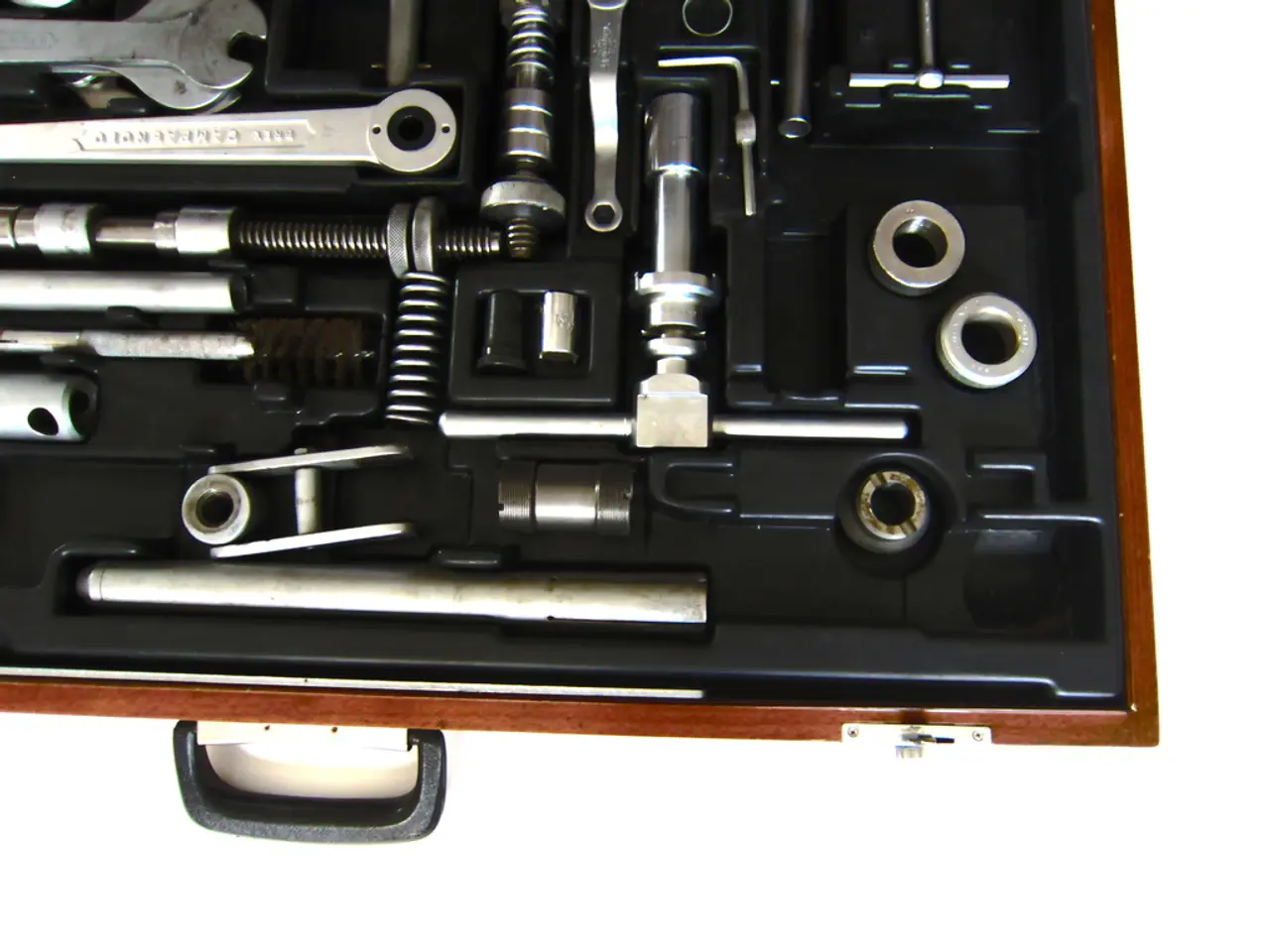Which software is more prevalent in the engineering industry, SolidWorks or AutoCAD?
In the vast world of engineering, two software programs stand out as essential tools for design and development: AutoCAD and SolidWorks. While both serve different but sometimes overlapping roles, their usage varies by engineering discipline.
AutoCAD: The Versatile 2D Drafting Tool
Developed by Autodesk, AutoCAD is one of the oldest and most widely-used computer-aided design (CAD) programs. Known for its versatility, AutoCAD is broadly known as a versatile 2D drafting tool with some 3D capabilities. It is widely used across many engineering fields, especially in architecture, civil, and electrical engineering for creating precise layouts and plans.
In civil, architectural, and electrical fields, AutoCAD is more commonly used than SolidWorks. Its precision in 2D drafting and compatibility with industry standards make it a valuable asset for civil projects, while architects use AutoCAD for early sketches and detailed plans. In electrical engineering, AutoCAD Electrical, a version of AutoCAD specialized for electrical controls design, is the common choice.
SolidWorks: The Leader in Mechanical Design
SolidWorks, developed by Dassault Systèmes, is a parametric 3D CAD software that focuses heavily on mechanical and product design. It is growing in demand, especially in mechanical and industrial design roles. In mechanical engineering, SolidWorks is more commonly used than AutoCAD. It is widely used for mechanical engineering, product development, simulation and analysis, 3D modeling and assemblies, sheet metal and plastic design.
SolidWorks' parametric design for accurate engineering changes is a feature that is beneficial for its users. This feature allows for easy adjustments to designs without compromising the overall integrity of the model. One of the key advantages of SolidWorks for mechanical engineers, product designers, and manufacturers is easier visualization of parts in 3D.
In mechanical and 3D modeling fields, SolidWorks has a stronger presence and is often the software of choice. Its robust 3D modeling, simulation, and assembly features make it the leading choice for part design, motion analysis, and product development in this field.
The Choice Depends on the Project
The choice between AutoCAD and SolidWorks depends on project complexity and specific engineering requirements. While AutoCAD remains dominant in civil, architectural, and electrical engineering due to its precise 2D drafting capabilities and flexible file compatibility, SolidWorks is the preferred tool in mechanical and product engineering. Many companies use both AutoCAD and SolidWorks, depending on project requirements.
SolidWorks is also becoming more essential for rapid prototyping due to the rise of 3D printing. This makes it an invaluable tool for product designers and manufacturers who need to quickly test and iterate on their designs.
In summary, AutoCAD is more widely used overall in engineering industries that depend primarily on 2D drafting and layout work, such as civil, architectural, and electrical engineering. SolidWorks, on the other hand, is predominantly preferred in mechanical engineering for 3D design and simulation tasks. Many engineers learn both software tools to stay competitive in the ever-evolving engineering industry.
In the field of education-and-self-development, engineering professionals might benefit from learning about technology like AutoCAD and SolidWorks, as they are integral tools for design and development in various engineering disciplines. Technology enthusiasts and sports enthusiasts may find it interesting to explore the unique advantages each software offers, with AutoCAD excelling in 2D drafting and AutoCAD Electrical in electrical engineering, while SolidWorks focuses on mechanical and product design.




